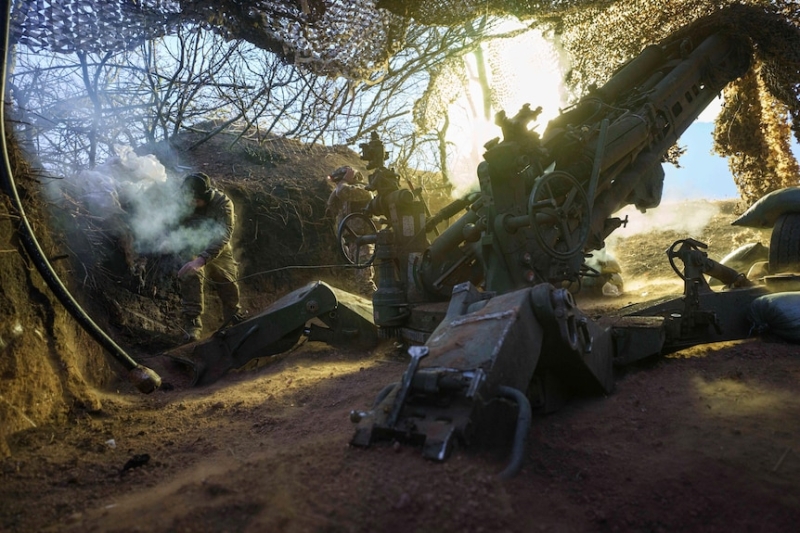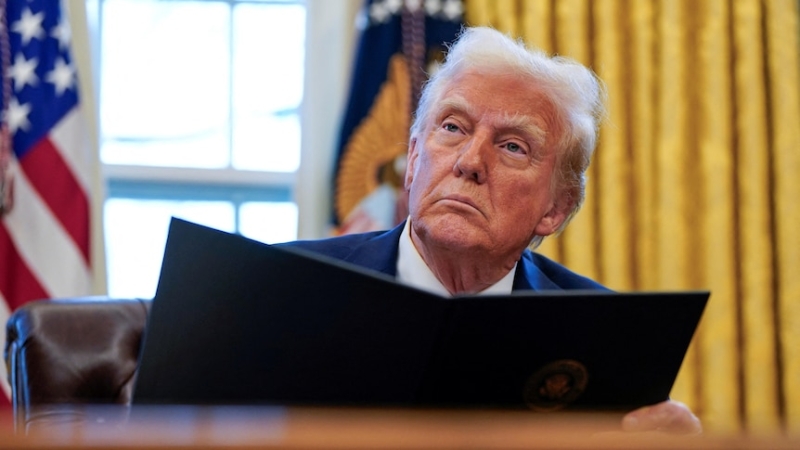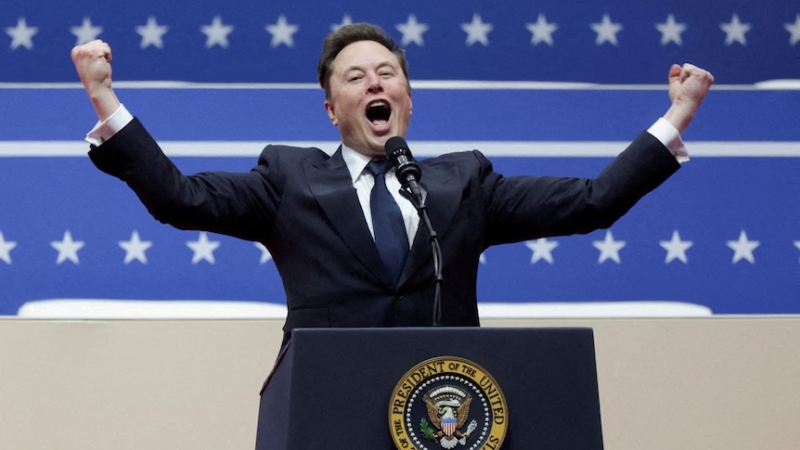In short:
Donald Trump says Ukraine is willing to supply "rare earths" to the US to secure aid in its war against Russia.
Russia has been pushing to gain territory from outnumbered, poorly supplied Ukrainian troops as Mr Trump has talked of ending the war.
What's next?
Ukraine is pinning hopes on a newly appointed ground forces chief as battalions struggle with logistics and poorly prepared new recruits.
US President Donald Trump says he wants Ukraine to supply the US with rare earth minerals as a form of payment for financially supporting the country's war efforts against Russia.
Mr Trump, speaking to reporters at the White House on Monday, local time, said Ukraine was willing, adding that he wanted "equalisation" from the European Union for Washington's "close to $US300 billion" ($485 billion) in support.
"We're telling Ukraine they have very valuable rare earths," Mr Trump said. "We're looking to do a deal with Ukraine where they're going to secure what we're giving them with their rare earths and other things."
It was not immediately clear if Mr Trump was using the term "rare earths" to refer to all types of critical minerals or just to rare earths.
Rare earths are a group of 17 soft heavy metals used to make high-performance magnets, lasers and other applications critical for advanced technologies. There are no known substitutes.
The US Geological Survey considers 50 minerals to be critical for the country's economy and national defence, including several types of rare earths, nickel and lithium.
Ukraine contains large deposits of uranium, lithium and titanium, although none are considered to be among the world's five biggest by volume, and the US has its own untapped reserves of those and other critical minerals.
The US has only one operating rare earths mine and very little processing capacity, although several companies are working to develop projects in the country. China is the world's largest producer of rare earths and many other critical minerals.
Ukrainian troops are losing ground. (AP: Evgeniy Maloletka)
War going badly for Ukraine
Ukrainian troops are losing ground to Russia around the crucial supply hub of Pokrovsk, which lies at the confluence of multiple highways leading to key cities in the eastern Donetsk region as well as an important railway station.
Ukraine is struggling with a dire shortage of infantry troops and supply routes coming under Russian drone attacks as the Trump administration pushes for negotiations to end the war.
Although US military aid has not stopped, the Trump administration recently froze foreign aid to Ukraine, a move that shocked Ukrainian officials already apprehensive about the intentions of the new US president.
Ukrainian soldiers in Pokrovsk said that Russian forces switched tactics in recent weeks, attacking their flanks instead of going head-on to form a pincer movement around the city.
With Russians in control of dominant heights, allowing them to use drones up to 30 kilometres inside Ukraine-held territory, Ukrainian supply routes are now within their range.
Pro-Russian paramilitary leader killed by bomb in Moscow
Photo shows Russian police officers wearing dark protective clothing and standing behind a silver hatchback car and red and white tape line
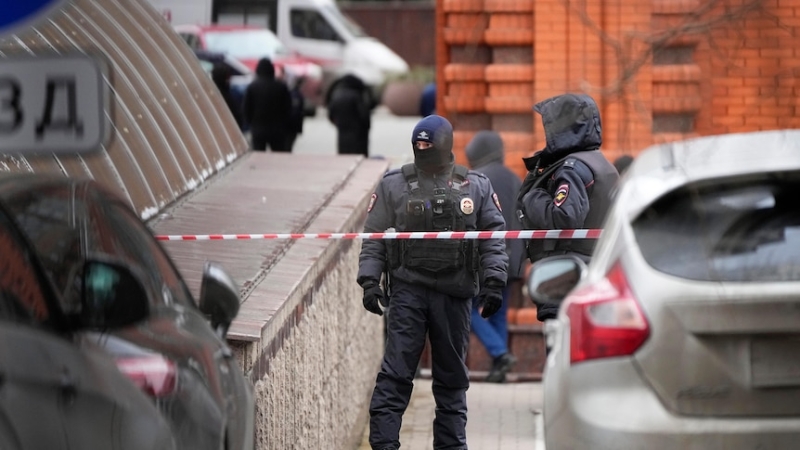
Heavy fog in recent days prevented Ukrainian soldiers from effectively using surveillance drones, allowing Russians to consolidate and take more territory.
Meanwhile, Ukrainian commanders say they do not have enough reserves to sustain defence lines and that new infantry units are failing to execute operations.
Many pin hopes on Mykhailo Drapatyi, a respected commander recently appointed by Ukrainian President Volodymyr Zelenskyy as ground forces chief, to shift the dynamic and counterattack.
"The war is won by logistics. If there is no logistics, there is no infantry, because there is no way to supply it," said the deputy commander of the Da Vinci Wolves battalion, known by the call sign Afer.
"[Russians] have learned this and are doing it quite well."
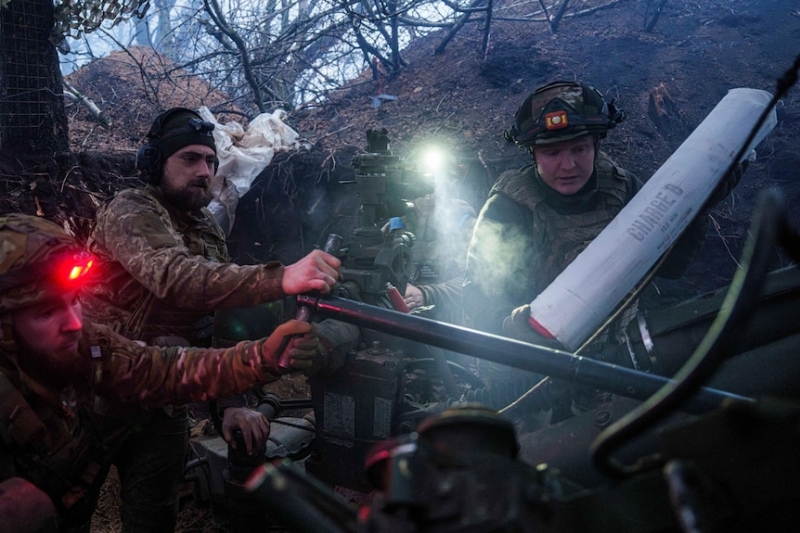
Ukrainian troops are struggling to get supplies. (AP: Evgeniy Maloletka)
Poor weather at the worst time
A combination of factors led Kyiv to effectively lose the settlement of Velyka Novosilka this past week, Russia's most significant gain since seizing the city of Kurakhove in the Donetsk region in January.
Scattered groups of Ukrainian soldiers are still present in Velyka Novosilka's southern sector, Ukrainian commanders said, prompting criticism from some military experts who questioned why the higher command did not order a full withdrawal.
Russia strikes Ukrainian cities
Photo shows Rescue workers carry a man on a stretcher. In the background, a firefighter stands atop a long ladder
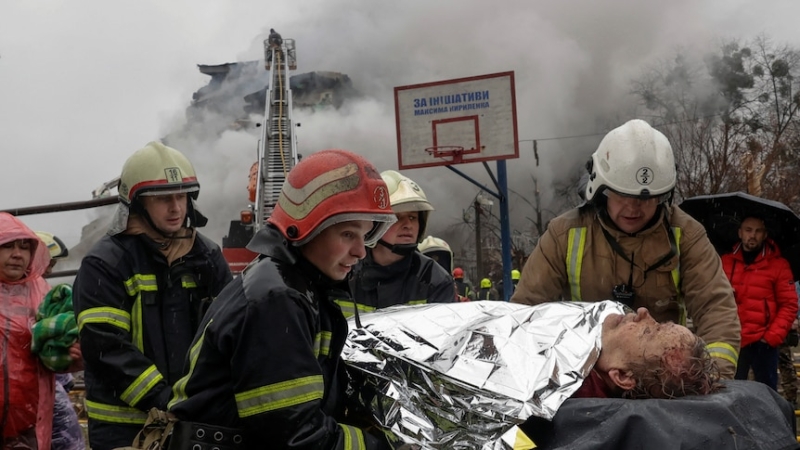
The road-junction village is 15 kilometres from the neighbouring Dnipropetrovsk region, where authorities have begun digging fortifications for the first time since Russia's full-scale invasion in February 2022, anticipating further Russian advances.
As heavy fog set in in recent days, Ukrainian drones "barely worked" to conduct surveillance, one commander near Pokrovsk told The Associated Press.
Long-range and medium-range surveillance was impossible, he said. He spoke on condition of anonymity in order to speak freely about sensitive military matters.
"Because of this, the enemy was amassing forces … taking up positions, digging in. They were very good at it," he said.
Ukrainian logistics in peril
Key logistics routes along asphalted roads and highways are under direct threat from Russian drones as a result of Moscow's recent gains, further straining Ukrainian troops.
The Pokrovsk-Pavlohrad-Dnipro highway is "already under the control of Russian drones," said the commander at Pokrovsk's flanks.
Russian forces are less than 4km away and are affecting Ukrainian traffic, he said. "Now the road is only 10 per cent of its former capacity," he said.
Another paved highway, the Myrnohrad-Kostyantynivka road, was also under Russian fire, he said.
This also means that in poor weather, military vehicles have to trudge through the open fields to deliver fuel, food and ammunition, as well as evacuate the wounded.
In a first-aid station near Pokrovsk, a paramedic with the call sign Marik said evacuating wounded soldiers once took hours, now it was taking days.
"Everything is visible [by enemy drones] and it is very difficult," he said.
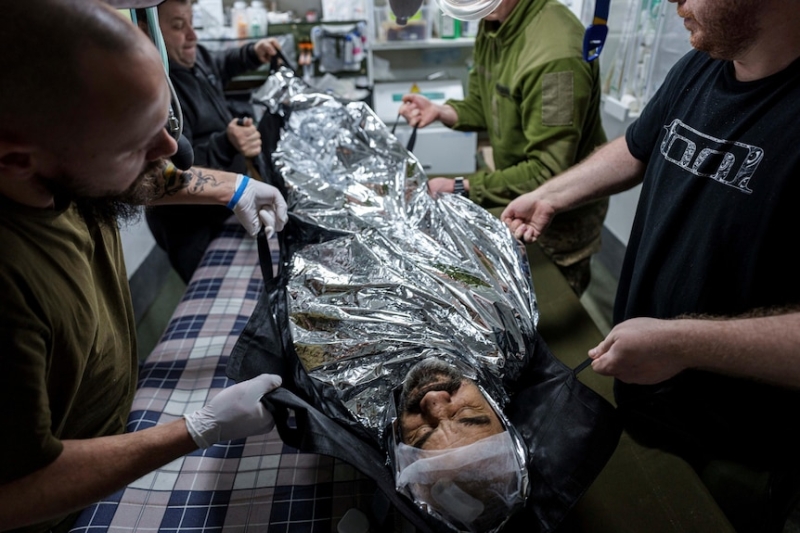
Medics say it is now taking days to evacuate wounded soldiers. (AP: Evgeniy Maloletka)
New recruits are unprepared
Ukrainian soldiers in Pokrovsk said shortages of fighting troops were "catastrophic" and challenges were compounded by newly created infantry units that were poorly trained and inexperienced, putting more pressure on battle-hardened brigades having to step in to stabilise the front line.
Afer, the deputy commander, complained that new recruits were "constantly extending the front line because they leave their positions, they do not hold them, they do not control them, they do not monitor them. We do almost all the work for them".
"Because of this, having initially a 2-kilometre area of responsibility, you end up with 8-9 kilometres per battalion, which is a lot and we don't have enough resources," Afer said.
Drones were especially hard to come by for his battalion, he said, adding they only had half of what they needed.
"It's not because they have lower-quality infantry, but because they are completely unprepared for modern warfare," he said of the new recruits.
His battalion has almost no reserves, forcing infantry units to hold front-line positions for weeks at a time. For every one of his soldiers, Russians have 20, he said, emphasising how outnumbered they were.
Back at the first-aid station, a wounded soldier with the call sign Fish was recovering from a leg wound sustained after he tried to evacuate a fallen comrade. He had moved him from a dugout to load him into a vehicle when the Russian mortar shell exploded nearby.
"We are fighting back as much as we can, as best as we can," he said.
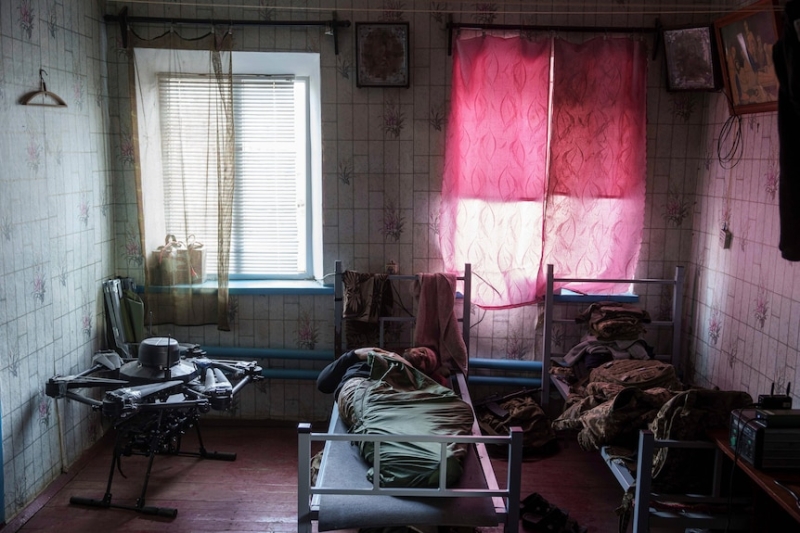
Ukrainian troops are outnumbered and having to hold frontline positions for weeks at a time. (AP: Evgeniy Maloletka)
Reuters/AP

